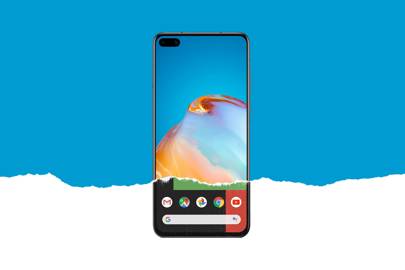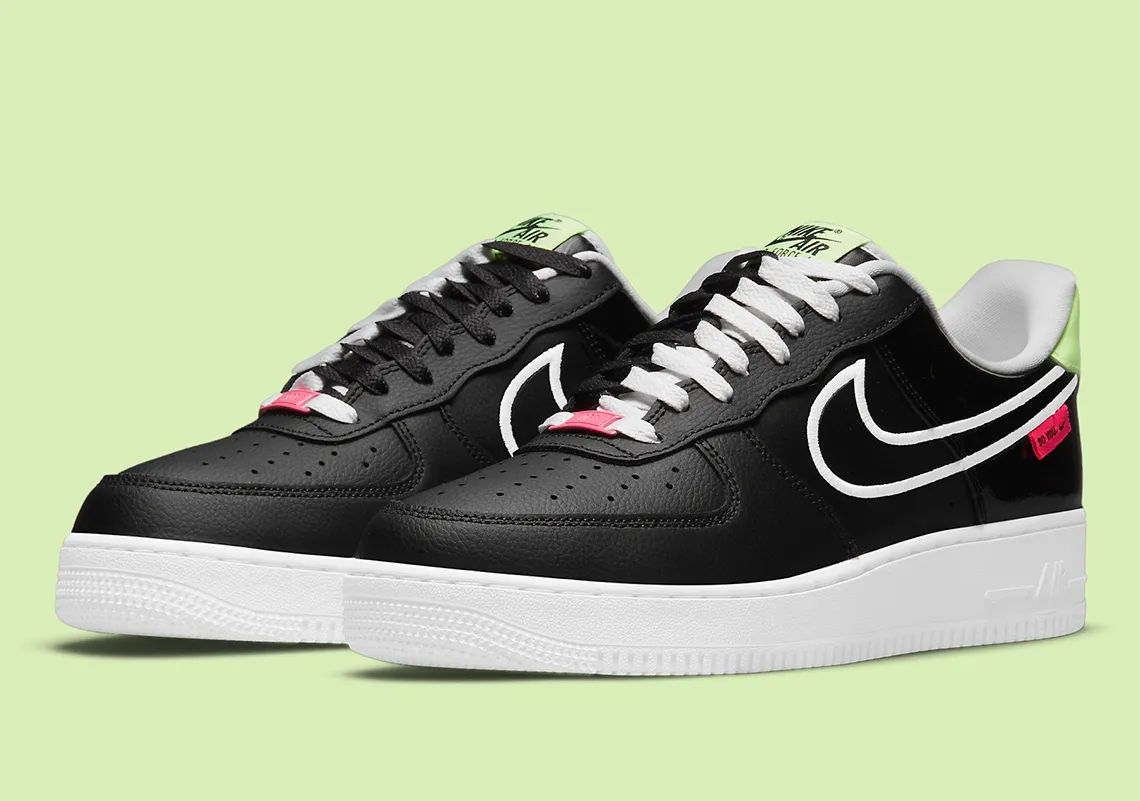
If a smartphone’s worth is dictated by its camera, then the Huawei P40 Pro Plus is the best phone you can buy right now – except you probably won’t. What gives?
Since partnering with Leica in 2016, Huawei’s smartphone cameras have been amongst the best available. Scour the web for P40 Pro Plus reviews though, and the scores are generally around 3.5/5 or 7/10. The P40 Pro Plus is an exemplary smartphone, though its scores were likely docked by half a point or so for its bold price tag of £1,299. That said, it introduces world-first camera tech to the market: a true 10x zoom equivalent telephoto camera. Putting into context just how good that camera is, I recently reviewed the Sony ZV-1, a £699 premium compact stills camera, and when taking handheld pictures the P40 Pro Plus outperformed it in both dark scenes and in max-zoom detail. That’s a huge deal.
Why then are Huawei phones like the P40 Pro Plus being panned by tech writers? It comes down to one key issue: the trade war. In March 2019, Huawei was blacklisted from working with Google, or any US company for that matter. While Huawei has been able to release Android phones, it hasn’t been able to load them up with Google Mobile Services (GMS), including the Google Play Store, Gmail or YouTube.
In 2019, a defiant Huawei suggested its own Harmony OS would be a true rival to Android – but that wasn’t to be. Huawei also once shirked associations with third-party app stores early-on, focusing exclusively on its own AppGallery. Now, however, it’s preloading its phones with Petal Search. This is a Huawei-made, third-party app store search tool, which scours the sources Huawei once shied away from, like APK Pure, for apps missing from the AppGallery. Petal Search opens up easy access to big hitters like BBC iPlayer and Netflix for Huawei phones, and the result is a helpful band-aid solution that manages app installs and updates – but doesn’t fix the missing Google ones.
It’s no secret that the head of Huawei’s consumer business group, Richard Yu, is keen to get Google back, despite the fact the company has spent millions, and pledged $1 billion on its own ecosystem. The implications of the Google ban are far-reaching.
I’ve cherry-picked a few personal struggles experienced while reviewing the P40 Pro Plus before sideloading Google services onto it:
- Calendar syncing between my Google account and the phone’s system calendar doesn’t work
- Google Apps for business aren’t supported (Docs, Drive, Meet etc)
- Third-party apps that use Google login don’t work (i.e. Asana, Canva)
- Google Maps APIs fail to load in the apps, so I’m forced to settle for websites (i.e. Uber, Zoopla)
- WhatsApp can't access or create backups (owing to Google Drive restrictions)
- Most games can’t be installed without Google Play Games
- Many in-app game payments don’t work without Google Pay
- Cross-device saves will be a challenge with no Play Games
- Many banking apps don’t work (i.e. Barclays and Curve)
- No Disney+
One or two of those would have been bad enough – but all of them? This partly explains why the P40 Pro Plus reviewed so poorly, despite its fantastic hardware. But it’s only part of the story. No mainstream Huawei review has covered the sideloaded GMS experience in any detail. Sideloading Google services onto the P40 Pro Plus turns it into the best Android phone I’ve ever used, with a few caveats.
As much as ‘sideload’ sounds like a hack, getting GMS onto a Huawei phone doesn’t void the phone’s warranty, and is reversible with a factory reset. Don’t get me wrong, if you choose to try this, you’re still doing it at your own risk - sideloading isn’t sanctioned by Huawei or Google (or WIRED). If your interest is piqued though, and you don’t feel like trawling specialist forums, read on for a more on the process.
Googlifying your Huawei device is a one-time faff that involves installing a number of GMS elements in sequence, along with a few third-party tools (which you give permission to route around your phone). Yes, it’s a faff, but it’s worth it.
Tech YouTubers have made countless video guides explaining how to do it, and the YouTuber with the most up-to-date method at the time you’re reading this is probably TechMagnet. Why should you care that the guide is up to date? Because, working methods change relatively regularly, adding to the faffy nature of the whole thing.
Once done, however, based on my experience sideloading since 2019, it won’t be undone by software updates. Additionally, sideloading GMS elevates the P40 Pro Plus, turning a compromised smartphone into a best-in-class one. The P40 Pro Plus’s design is, after all, brilliant. The big, bright 90Hz screen is curved on all four sides, so whichever way you swipe into it, there aren’t any edges interrupting your thumb or finger’s flow.
Available in ceramic black or white, the Pro Plus is hardier than glass phones, and the white version I reviewed keeps smudges and scratches at bay – it's one of the few phones I don’t feel the need to ruin with a protective case. The worst thing about the phone’s design is the huge punch hole selfie camera array, which cuts out a chunk of the screen, even if it does house the best selfie camera I’ve ever used.
Specs are also top-tier. With 512GB storage, the Pro Plus packs more space than many laptops, and you can boost it by an additional 256GB with a Nano Memory card. The phone’s 4,200mAh battery lasts all day, charging up in under an hour thanks to stealthy wired and wireless 40W charging. That puts the iPhone 11 Pro’s 18W wired and 7.5W wireless charging speeds to shame, and betters Samsung’s Galaxy S20-range, too.
The P40 Pro Plus’s 50MP main camera is the most reliable point-and-shoot performer I’ve ever used on a smartphone. Whatever the lighting, you can be confident the 1/1.28-inch sensor and Huawei’s software will do it justice. And when you zoom in, no other smartphone can touch its dual-telephoto camera combo. The phone has a 3x zoom camera (80mm equivalent) and a 10x zoom camera (240mm equivalent).
Unlike with most phones, framing shots with a pinch of the screen is actively encouraged when using the P40 Pro Plus. Its combined digital and optical zoom show up even the mighty Samsung Galaxy S20 Ultra’s ‘Space Zoom’. Add a moderately wide ultrawide angle camera to the mix (18mm equivalent), as well as a time of flight depth sensor, and you get a versatile imaging system that’s as good as it gets on a phone today.
But it’s all for nothing without GMS. My job uses Google Apps for everything, so I categorically can’t work with the out-of-the-box experience. After GMS is sideloaded, though, it’s a totally different story. The banking apps I mentioned, Barclays and Curve, work just fine. Sideloading restores WhatsApp backup support, Google Play Game save transfers, Google’s Map APIs, and third-party app Google login functionality.
The only app that didn’t work after GMSing the Pro Plus I reviewed was Disney+; a massive deal, especially with Hamilton and Frozen 2 freshly added, but still, a tolerable sacrifice – and it did work on a different P40 Pro Plus, so this might be an issue with my device.
Additionally, there are four key shortcomings I’ve experienced in my time with a sideloaded P40 Pro Plus not covered above. First up, Android Wear doesn’t let you copy your Google accounts over, so no Assistant, Google Fit or Play Store access on your smartwatch. Google Pay also doesn’t work consistently either, and notifications for certain apps can be hit or miss. Finally, once you sideload Google onto the P40 Pro Plus and set up your accounts, you’ll have to go through the whole process again if you want to add any more Google accounts.
I understand if these compromises and processes will seem ridiculous for many. I really value having a great camera, though, and I’m clearly not the only one: hundreds of thousands have watched tutorials from sideloading experts on YouTube.
And here’s a real-world anecdote. Since reviewing the P40 Pro Plus, I’ve written about five phones with full-fat Google and an iPhone. Every time I’ve switched to one of them, I’ve itched to get back to the Pro Plus. Life looks better when seen through its lens, Huawei’s UI is loaded up with smart features like three-app-multitasking, and the phone’s great battery life and fast wireless charging make any remaining compromises worth it.
If you want the best smartphone camera around, and dare I say it, the best smartphone in general (if you’re like me), you know what to do. Just remember, should you choose the sideloaded life, for all the riches that await you, it’s a path of uncertainty you embark upon at your own risk; now that’s all clear – welcome to the fold.
More great stories from WIRED
🦆 Google got rich from your data. DuckDuckGo is fighting back
💰 The Animal Crossing fans running in-game businesses
🤑 Inside the 'bullshit' get-rich-quick world of dropshipping
🎵 The secret behind the success of Apple's AirPods
🔒 The UK's lockdown rules, explained
👉 Follow WIRED on Twitter, Instagram, Facebook and LinkedIn
The Link LonkJune 30, 2020 at 12:17PM
https://ift.tt/31tcWpv
Sideloading Huawei's P40 Pro Plus turns it into a world-beating phone - Wired.co.uk
https://ift.tt/3eIwkCL
Huawei

No comments:
Post a Comment